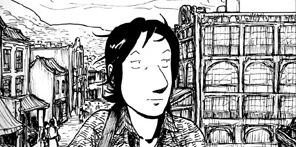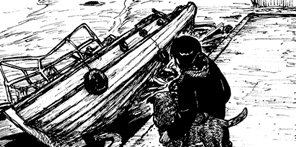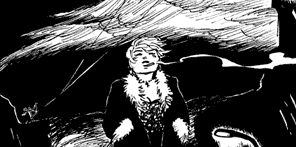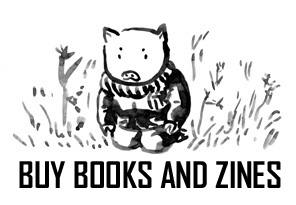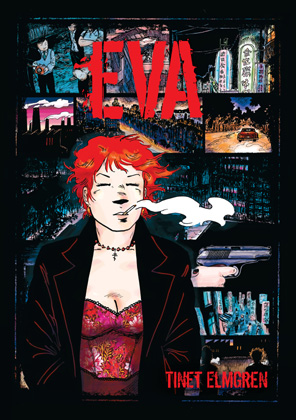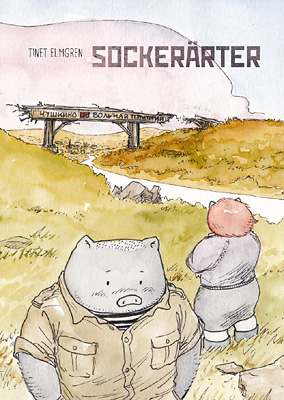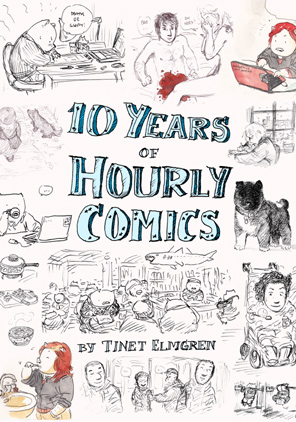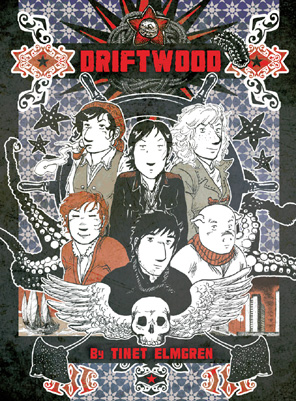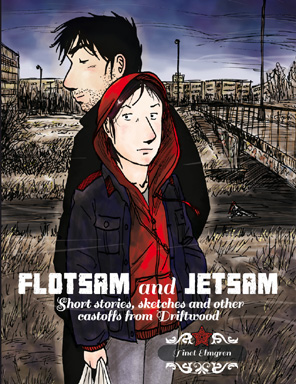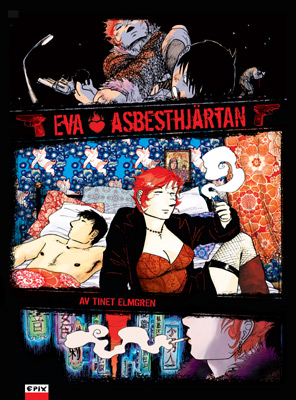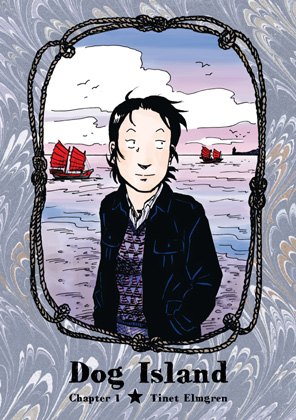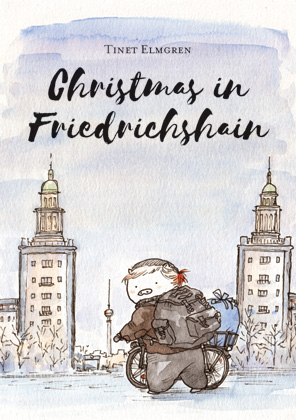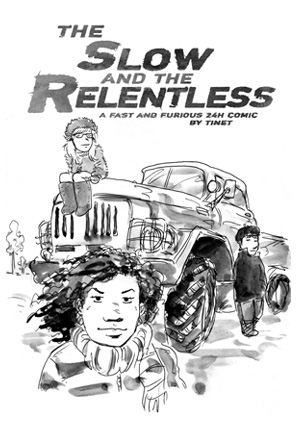Sketches from Varna Archaeological Museum
Somehow we only managed to be in Sofia on Mondays, when all museums are closed, so I couldn’t visit the Archaeological Museum or the Historical Museum there. But in Varna I made sketches of piggy items and some other interesting things at the archaeological museum. The most exciting to me were the really old pieces.

There weren’t terribly many at the museum in Varna, only from local sites in the area (Varna lakes and Varna necropolis). From the 5th millennium BC there were many goddess figurines, the famous bronze goat (in the middle above), and animal heads that looked like they could be pigs or (more likely?) bulls.
Then the Thracian horsemen came, and most of the piggy items were just related to hunting scenes, like the matrice for horse trapping decorations above.

From the Roman period, there was one small clay piggy made by coroplasts in Odessos (as Varna was called back then), who manufactured small clay items for religious/cult purposes in the home. This piggy item may have been intended for good luck with pig breeding or hunting, or perhaps something more symbolically reated to pigs.
To the right above is the handle of a “ritual vessel”, a patera, with a boar’s head at the end.
Underneath it is a shard of a tray, with a wild boar to the left, and next to it the head of a man who somehow looked like a wild boar, too (pure coincidence, maybe …).

A really interesting collection of items from the Roman period are stone images of “The Thracian Horseman“. There were several of them, and they all had a victorious-looking man riding a horse, often rearing. Some Thracian Horsemen from other sites are shown slaying lions or leopards (and St. George slaying the dragon may have developed from the Thracian Horseman), but at the Varna museum almost all of them had either a boar hunting scene below the horse, or a seemingly random bull standing there, often almost “mounted” by the horse, like in the sketch above. (Photo of another similar one from the museum here.)
Maybe the boar hunting doesn’t have to mean anything more than just that. But the bulls seem almost a bit too random. Perhaps it’s a symbolical representation of how the Thracian horsemen back in the day conquered the local populations who were worshipping a bull before?
Official history writing in Bulgaria sets the “founding” of the Bulgarian state in 681, with the Danube Bulgarian Khanate. This is quite interesting considering that the earliest human remains discovered in what is today Bulgaria date from 44,000 BC! But maybe the Bulgars are considered to be the coolest ancestors …

